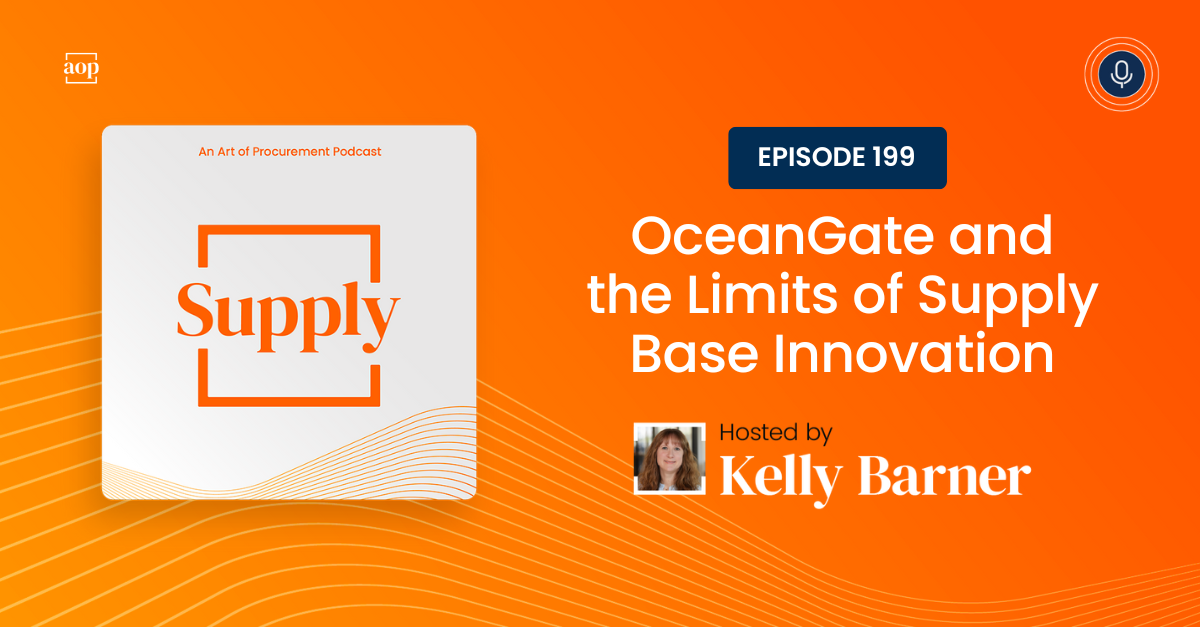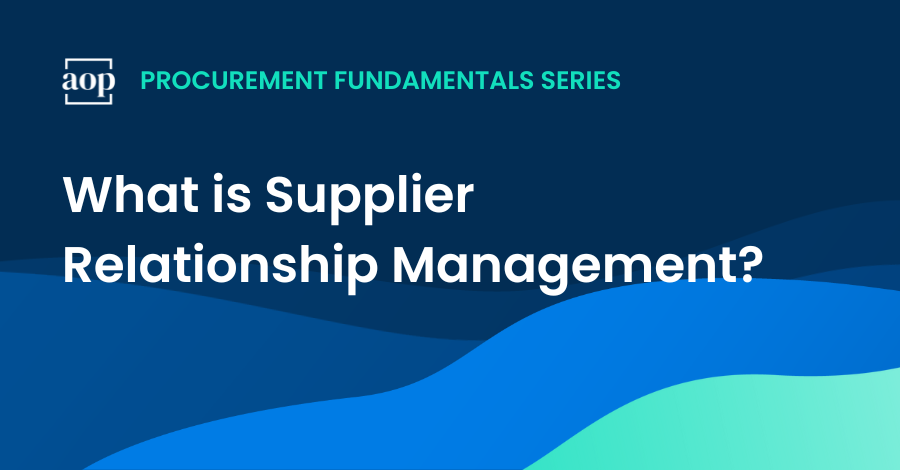
Next week, Art of Procurement is hosting our first-ever event dedicated to direct spend.
Direct spend is an area I’m particularly passionate about. I started my procurement journey in the automotive industry; some of the most enjoyable times of my career were as a commodity buyer, doing new product development and running the India captive shared service center.
While our early focus at AOP was more on the indirect side, we have a growing community of direct spend professionals joining our events and participating in our webinars. This inspired us to start developing content that provides practical strategies and shared experiences to optimize their direct spend activities.
What Is Direct Versus Indirect Spend?
Direct spend is the lifeblood of profitable manufacturing, encompassing all raw materials and components. For automotive companies, it is all of the parts and materials that allow a car to roll off the line. For grocery chains and restaurants, it is the food and general merchandise they offer on shelves or on their menu.
Companies will often decide whether to start a formal procurement organization focused on indirect or direct spend based on their profit margins.
For example, in lean grocery retail, indirect (or not-for-resale) procurement teams are highly sophisticated, protecting every penny on its way to the bottom line. In the pharmaceutical and manufacturing industries, strategic direct spending is essential for revenue, customer retention, and profit, so procurement will usually prioritize directs first.
Direct Spend for Manufacturing
For manufacturers, direct spend has to be managed with efficiency and innovation. Procurement works closely with their colleagues in other functions to understand current and future design plans and then brings them to life by working with a carefully selected network of supply partners.
Here are a few things we’ll be discussing at our live direct spend event that are key to effective direct spend management:
Supplier Relationship Management: Direct spend management requires the formation of strategic, long-term partnerships. Switching suppliers can bring both risks and opportunities, as there may be shared intellectual property (IP) involved.
Supplier performance issues can be passed along to customers through products, so it is important to proactively manage these supplier relationships and nurture them while maintaining high standards for quality and on-time delivery.
Supply Chain Disruption & Risk: Significant challenges to the supply chain can have far-reaching consequences, not just to revenue or compliance but also to your brand and customer trust.
Take, for example, the case of Ford, and their 2022 struggle to obtain the iconic blue oval for their trucks. That meant unsold inventory until the supplier resolved the issue. Disruptions in the supply chain not only impact sales, but they also pose brand risks associated with irresponsible business practices or regulatory non-compliance. If your direct material supplier makes headlines for the wrong reasons, you can expect your company to face similar scrutiny.
Strategic Sourcing for Direct & Raw Materials: Consider how close the raw materials are to your facility and assess the number of tiers in the supply chain. Suppliers should be evaluated based on their competence and their ability to help create products that will capture customers’ attention and loyalty.
Find suppliers who can offer attractive pricing, consistently high quality, and timely deliveries but who also offer added value.
Cost Reduction: There are several direct spend cost reduction strategies procurement should consider. Leveraging volume creates the opportunity to negotiate better prices and terms. Renegotiating contracts with incumbent suppliers is a cost-saving measure that is often better than the practice of switching suppliers to get lower pricing.
Should-cost analysis can help set reasonable expectations for costs, while switching to standard specifications can improve product availability and drive economies of scale.
When procurement collaborates closely with suppliers on cost, and then takes the additional step of reaching out to tier 2 suppliers, procurement has a greater chance of creating a win-win situation that benefits both parties.
Join us for AOP Direct on June 13th to elevate the strategic and market insight-driven approaches you can apply to your direct spend.




